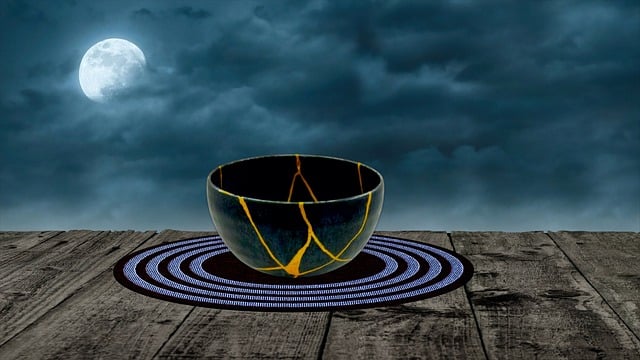Quantum computers are powerful, lightning-fast and notoriously difficult to connect to one another over long distances.
Previously, the maximum distance two quantum computers could connect through a fiber cable was a few kilometers. This means that, even if fiber cable were run between them, quantum computers in the University of Chicago's South Side campus and downtown Chicago's Willis Tower would be too far apart to communicate with each other.
Research published today in Nature Communications from University of Chicago Pritzker School of Molecular Engineering (UChicago PME) Asst. Prof. Tian Zhong would theoretically extend that maximum to 2,000 km (1,243 miles).
With Zhong's approach, that same UChicago quantum computer that previously couldn't reach the Willis Tower could now connect and communicate with a quantum computer outside of Salt Lake City, Utah.
"For the first time, the technology for building a global-scale quantum internet is within reach," said Zhong, who recently received the prestigious Sturge Prize for this work.
Linking quantum computers to create powerful, high-speed quantum networks involves entangling atoms through a fiber cable. The longer the time those entangled atoms maintain quantum coherence, the longer the distance those quantum computers can link to each other.
In the new paper, Zhong and his team at UChicago PME raised the quantum coherence times of individual erbium atoms from 0.1 milliseconds to longer than 10 milliseconds. In one instance they demonstrated up to 24 milliseconds, which would theoretically allow quantum computers to connect at a staggering 4,000 km, the distance from UChicago PME to Ocaña, Colombia.
Same materials, different method
The innovation was not in using new or different materials, but from building the same materials a different way. They created the rare-earth doped crystals necessary to create the quantum entanglement using a technique called molecular-beam epitaxy (MBE) rather than the traditional Czochralski method.
"The traditional way of making this material is by essentially a melting pot," Zhong said of the Czochralski method. "You throw in the right ratio of ingredients and then melt everything. It goes above 2,000 degrees Celsius and is slowly cooled down to form a material crystal."
To turn the crystal into a computer component, researchers then chemically "carve" it into the needed form. It's similar to how a sculptor might select a slab of marble and chip away everything that isn't the statue.
MBE, however, is more akin to 3D-printing. It sprays thin layer after thin layer, building the needed crystal into its exact final form.
"We start with nothing and then assemble this device atom by atom," Zhong said. "The quality or purity of this material is so high that the quantum coherence properties of these atoms become superb."
While MBE is a known technique, it has never been used to build this form of rare-earth doped material. Zhong and his team worked with materials synthesis expert UChicago PME Asst. Prof. Shuolong Yang to adapt MBE for this purpose.
"The approach demonstrated in this paper is highly innovative," said Institute of Photonic Sciences Prof. Dr. Hugues de Riedmatten , a world leader in the field who was not involved in the research. "It shows that a bottom-up, well-controlled nanofabrication approach can lead to the realization of single rare-earth ion qubits with excellent optical and spin coherence properties, leading to a long-lived spin photon interface with emission at telecom wavelength, all in a fiber-compatible device architecture. This is a significant advance that offers an interesting scalable avenue for the production of many networkable qubits in a controlled fashion."
Next steps
Zhong and his team will next test whether the increased coherence time enables quantum computers to connect to each other over long distances.
"Before we actually deploy fiber from, let's say, Chicago to New York, we're going to test it just within my lab," Zhong said.
This involves linking two qubits in separate dilution refrigerators ("fridges"), both in Zhong's lab at UChicago PME, through 1,000 kilometers of spooled cable. It's the subsequent step, but far from the final one.
"We're now building the third fridge in my lab. When it's all together, that will form a local network, and we will first do experiments locally in my lab to simulate what a future long-distance network will look like," Zhong said. "This is all part of the grand goal of creating a true quantum internet, and we're achieving one more milestone towards that."
Citation: "Dual epitaxial telecom spin-photon interfaces with long-lived coherence," Gupta et al, Nature Communications, November 6, 2025, DOI: 10.1038/s41467-025-64780-6






